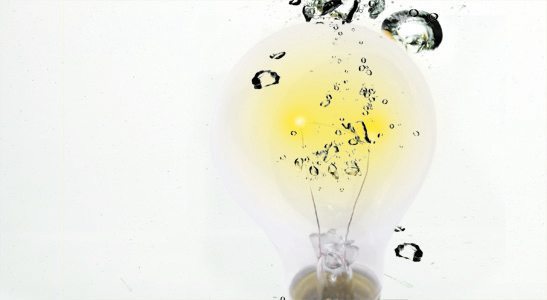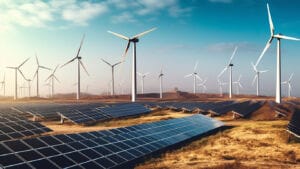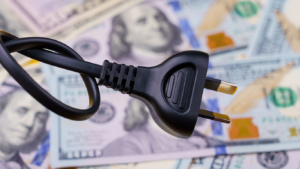It’s a given that oil and water don’t mix, but Arizona’s two key resources — water and energy — are inextricably linked.
Experts from the public and private sectors are exploring the water-energy nexus, how the two resources are connected and what needs to be done so Arizona continues to have a sufficient supply of both.
To highlight the importance of water sustainability, Gov. Jan Brewer formed a blue-ribbon panel in August to focus on increased conservation and recycling. She directed Herb Guenther, head of the Arizona Department of Water Resources, and Arizona Department of Environmental Quality Director Ben Grumbles to work with Arizona Corporation Commission Chairwoman Kris Mayes on a plan. Among the issues being considered is the need to recognize the nexus of water and energy. Grumbles says the missing ingredient in water conservation is energy.
“A deeper understanding of the water-energy nexus is the key to saving more water, energy and money,” he says. “Energy efficiency not only reduces greenhouse gas emissions and ratepayer costs, it also reduces the demand for water. By cutting water consumption and waste upstream, we save energy and money downstream, avoiding big costs for pumping, treating and distributing the community’s lifeblood.”
Michelle De Blasi, a partner with Quarles & Brady and chairperson of the Valley Forward energy committee, cites a connection between energy and water, noting that all forms of solar technology use water to a varying degree. Some rely on super-heated steam and cooling towers, while others need an adequate supply of water to keep solar panels clean.
“A lot of people don’t realize that,” she says. She calls the solar-versus-water conundrum “the green paradox.”
A recent trend, De Blasi says, is the conversion of farms to solar properties. Agricultural property is water intensive, so shifting to solar, which uses a lot less water, is generally well received by the public.
“Farming properties offer tracts of flat land, which are ideal for large solar panels, and they have great water rights,” De Blasi says. “And if they’re near transmission lines, that’s even better. You’re getting a net benefit. They’re offsetting that water use and replacing it with energy-producing carbon neutral technology, in most cases.”
According to the Arizona Department of Water Resources, irrigated agriculture uses about 73 percent of Arizona’s available water supply, down from a high of 90 percent some years ago. The reduction is the result of urbanization of agricultural lands and investment by the irrigated agriculture industry in conservation measures.
Steve Olson, executive director of the Arizona Municipal Water Users Association, a nonprofit corporation established by municipalities in Maricopa County for the development of urban water resources policy, emphasizes the need for conservation as the demands for energy and water continue to grow.
“We recognize that the era of cheap water is over,” he says. “We need to look at more expensive water supplies further from demand, we have to fully utilize effluent, and we have to store water when it’s available.”
Another issue that brings energy and water together, he says, is climate change.
“If we go to a hotter climate, we can expect more variable water supplies,” Olson says. “There is a direct relationship between drought and energy consumption.”
Salt River Project is the epitome of a water-energy nexus organization, providing both resources to Arizona residents and businesses. Karen Collins, SRP water sustainability analyst and incoming chair of the Valley Forward water committee, is involved in a study to determine how much of the state’s energy usage is related to treat and supply water. A California analysis put the figure for that state at 19 percent.
SRP wants the public to know how much energy is linked to water and how the right choice of plumbing fixtures and appliances saves both water and energy.
“People have to understand that these two resources are linked so closely, as we move forward and have increased needs for both,” Collins says. “Anything we do on the water-saving side is going to help conserve energy.”
Grumbles of ADEQ says Arizonans and the agencies that serve them must connect the dots between water conservation and re-use with environmental and economic sustainability.
“Now, more than ever,” he says, “we must work together to connect the drops and the watts so the water-energy nexus gets the attention it deserves and the water-sustainability movement gets the boost it needs.”




